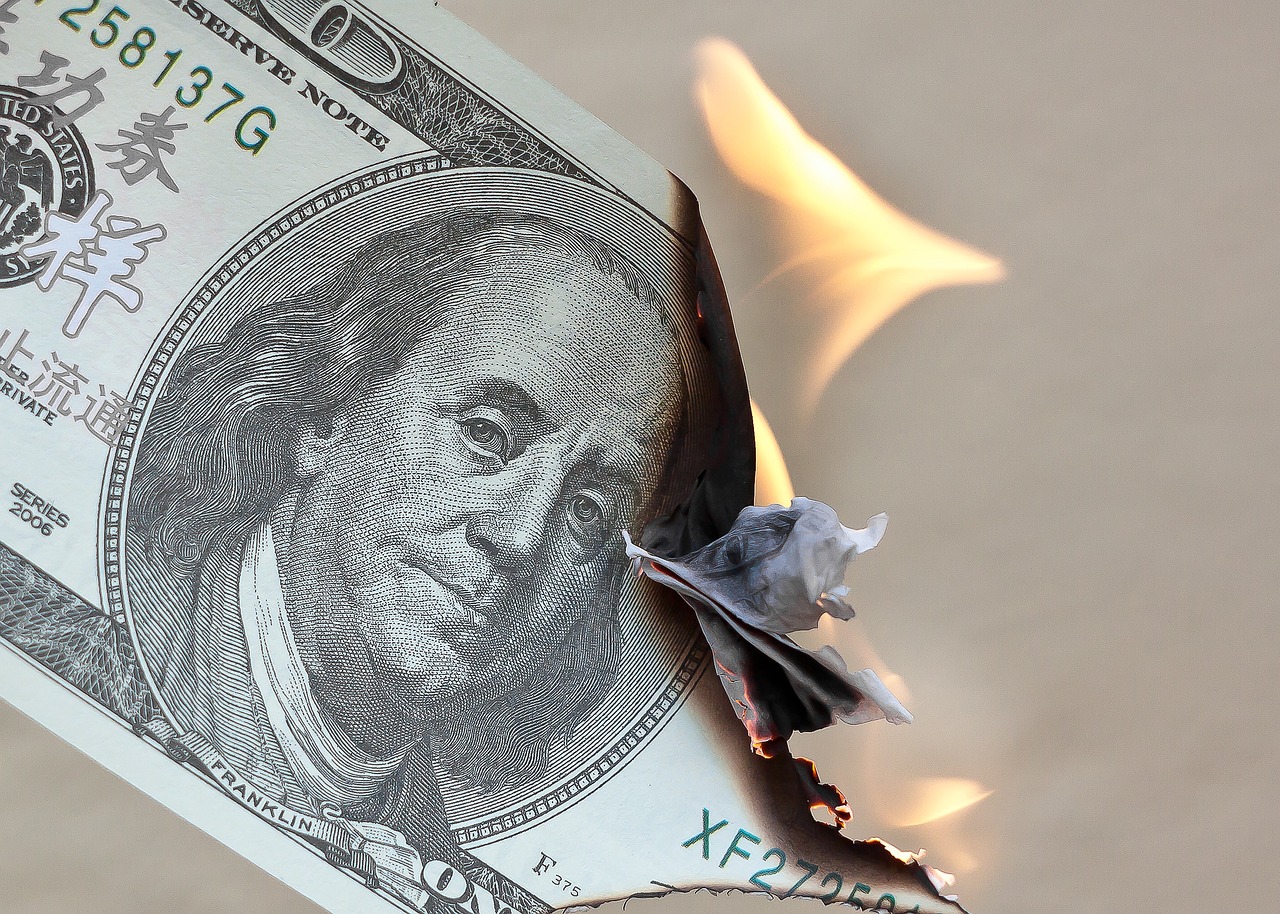US inflation is currently showing signs of slowing down compared to the rapid pace seen during the summer months. However, it’s uncertain whether it will reach the Federal Reserve’s target of 2% without a substantial increase in unemployment. The possibility of a “soft landing” for inflation remains a challenging but not impossible scenario.
Federal Reserve Chair Jerome Powell recently emphasized that their primary objective is to combat inflation without causing mass unemployment. Despite implementing 11 rate hikes, the US economy has displayed remarkable resilience, fueling hopes of a soft landing.
Nevertheless, several uncertainties and economic challenges loom on the horizon. Banks are tightening lending standards, and the resumption of student loan payments is just around the corner. Even Powell himself expressed skepticism about the likelihood of a soft landing during a recent statement following the decision to maintain interest rates at a 22-year high.
Market reactions were mixed after Powell’s remarks, with some experts noting that he appeared to downgrade the possibility of a soft landing. Quincy Krosby, chief global strategist at LPL Financial, highlighted that consumers are becoming more cautious in their spending habits.
The odds of a soft landing have improved in recent months due to consistent job growth and a low unemployment rate. However, historical records indicate that soft landings are rare occurrences, with only one observed in the 1990s.
In addition to concerns about rising energy prices and a potential government shutdown, investors are closely watching corporate earnings. Higher corporate borrowing costs stemming from rising interest rates have impacted the profits of S&P 500 companies, resulting in an “earnings recession.”
Quincy Krosby suggested that the earnings recession might be reaching its bottom, which could be a positive indicator for the possibility of a soft landing. However, if corporate profits do not sustainably recover, the Fed’s ability to combat inflation without significant economic pain could be in jeopardy.
In parallel, corporate leaders in the United States are bracing for the possibility of a prolonged and tumultuous government shutdown. They express deep concerns that such a shutdown would introduce further uncertainty into an already complex business environment. Amid ongoing issues like inflation, labor strikes, and rising borrowing costs, a government shutdown is seen as an additional, self-inflicted challenge.
Neil Bradley, chief policy officer at the US Chamber of Commerce, emphasized the growing concern within the business community as Congress approaches the September 30 deadline for government funding. Business leaders stress that nobody benefits from a government shutdown, which erodes the certainty and predictability they seek.
In summary, while the prospect of a soft landing for inflation remains uncertain, the Federal Reserve is committed to achieving this goal without causing widespread unemployment. The US economy’s resilience, coupled with positive employment trends, has improved the odds, but challenges such as corporate earnings and the specter of a government shutdown continue to cast shadows of uncertainty on the economic landscape.
Upcoming events to watch include remarks by European Central Bank President Christine Lagarde, earnings reports from companies like Costco and Micron, economic data releases, and public engagements by key Fed officials and experts. These events will play a crucial role in shaping the economic outlook in the coming weeks.
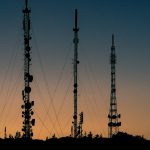 Telefónica Slims Down Latin American Footprint with Hiberus Deal
Telefónica Slims Down Latin American Footprint with Hiberus Deal 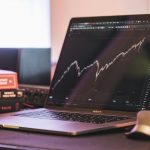 Resilience in Large-Cap Growth and Structured Credit
Resilience in Large-Cap Growth and Structured Credit 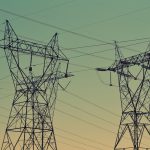 Taqa Enters Spanish Market with $1.2 Billion Acquisition of GS Inima
Taqa Enters Spanish Market with $1.2 Billion Acquisition of GS Inima  Rheinmetall Stock Holds Steady Amid Moderate DAX Movement
Rheinmetall Stock Holds Steady Amid Moderate DAX Movement 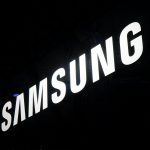 Which Smartphone Batteries Last the Longest? New EU Data Highlights Big Differences—Especially for Samsung
Which Smartphone Batteries Last the Longest? New EU Data Highlights Big Differences—Especially for Samsung  U.S. Stock Markets Edge Higher Ahead of Fed Interest Rate Decision
U.S. Stock Markets Edge Higher Ahead of Fed Interest Rate Decision 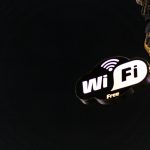 Cambium Networks: Delivering Wireless Solutions for a Connected World
Cambium Networks: Delivering Wireless Solutions for a Connected World 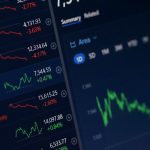 DAX Closes Strong Above 24,000 as Markets Shake Off Trade Worries
DAX Closes Strong Above 24,000 as Markets Shake Off Trade Worries  89bio: Advancing Liver and Cardiometabolic Treatments in the Biotech Space
89bio: Advancing Liver and Cardiometabolic Treatments in the Biotech Space 